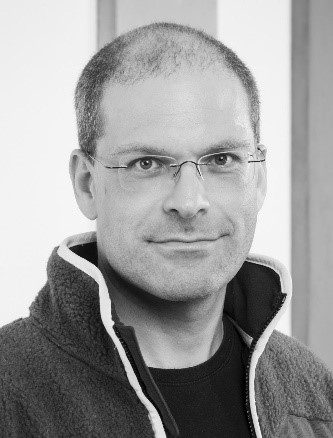Advanced Tracking and Image Analysis
View project details from
1st funding period (10/2014 – 06/2018):
↪ Project Z4 (Hamprecht)
↪ Project 11 (Bartenschlager / Rohr)
2nd funding period (07/2018 – 06/2022):
↪ Project Z4 (Hamprecht / Rohr)
Project description – Summary – 3rd funding period
Quantitative image analysis methods are of prime importance to many projects of this SFB to make use of the acquired data. Central tasks are segmentation and tracking. Segmentation is required to identify biological structures in microscopy images, and tracking is needed to determine their movement, enabling analysis at the level of single instances rather than at the population level.
In the second funding period, advances in the field of artificial neural networks were exploited to develop first deep learning-based image analysis methods. The methods were applied in several cooperation projects with partners from this SFB. While the methods were shown to be a clear improvement over those of the first funding phase, the need of our SFB partners for quantitative analysis has grown; and new data with, for example, longer time courses revealed limitations of our earlier work on tracking.
Tracking result of HCV proteins.
Section of an original microscopy image overlaid with computed trajectories (left) and quantified velocities (right).
(Ritter, Lee, Bartenschlager, Rohr et al., ISBI 2018;
Lee, Ritter, Rohr, Bartenschlager et al., Cell Reports 2019).
Our aim for the third funding period thus is to further improve methods for tracking and image analysis that better exploit the spatio-temporal information in the image data and profit from recent developments in deep neural network architectures. The work in this project will focus on i) deep learning for joint segmentation and tracking of divisible targets with complex morphologies, ii) probabilistic and deep learning-based tracking combined with colocalization analysis, and iii) application and evaluation of the developed methods in multiple cooperation projects with partners from this SFB.
The new methods will improve the accuracy and reliability of automatic image analysis for complex image data to better support the experimental work and facilitate biological discoveries.
Project Staff

Janis Meyer
PhD student


